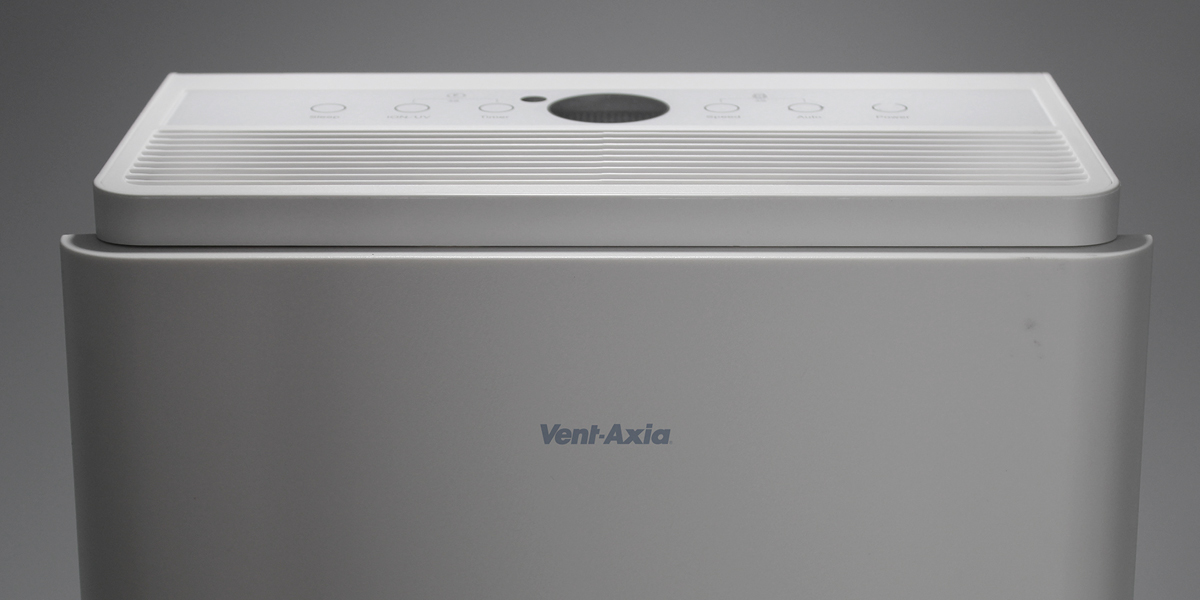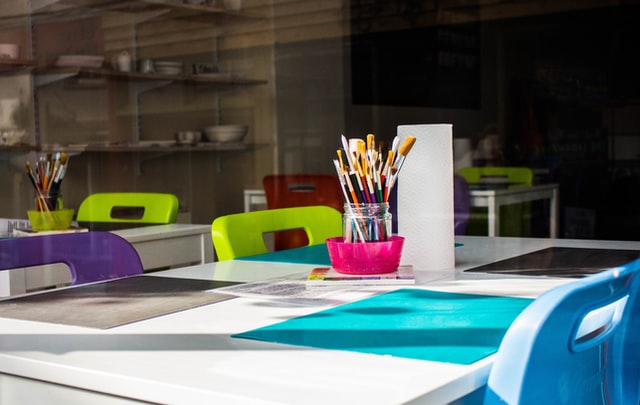BESA Highlights Shortcomings of Government IAQ Report
A report commissioned by the government’s chief scientific adviser Sir Patrick Vallance has highlighted the crucial role played by building ventilation in...
Read Full Article
During the pandemic, COVID has raised the profile of the quality of the air we breathe in our buildings – how do we maintain this priority throughout the winter months?
As winter approaches, we are spending more time indoors, and a drive for employees to return to the workplace means that extra air purification is now in demand. Employers are increasingly looking to air purification in addition to effective ventilation to help ensure good indoor air quality (IAQ) and a healthier environment.
Indoor air pollution impacts lung health and causes a range of health issues ranging from cardiac disease to dementia. While the importance of good IAQ is hitting the headlines in relation to COVID, it’s clear that the same principles to reduce airborne COVID transmission can and should be used going forward to reduce indoor air pollution.
Patrick Vallance, the government’s Chief Scientific Adviser, commissioned The Royal Academy of Engineering to review how we design, manage, and operate buildings and how we can make infrastructure more resilient to infection both now and going forward.
The initial report, “Infection Resilient Environments: Buildings that keep us healthy and safe”, highlights the importance of achieving good IAQ as well as reducing transmission of COVID and other infectious diseases meaning many of the suggested changes have relevance well beyond COVID-19.
The need for air purification is especially warranted in schools because of the extensive disruption to education caused by lockdowns. Many schools are now using CO2 monitors, and the government is running air purifier trials to help improve IAQ and reduce COVID transmission.
Coventry University research has found that 40 per cent of primary school classrooms examined in a study did not have an adequate ventilation rate to combat the spread of COVID-19.
The research found this was largely due to teachers and pupils failing to open doors and windows regularly enough. It found this is linked to the different thresholds for temperature between adults and children – with adults essentially feeling colder than children.

Picture: a photograph of a classroom table with pencils and paintbrushes
Coventry University PhD student Sepideh Korsavi, under the supervision of Dr Azadeh Montazami, observed occupant-related factors of 805 children in 32 naturally ventilated classrooms in UK primary schools during cold and warm seasons and found that 40 per cent of classrooms failed to provide an adequate ventilation rate.
The results of their study suggest that a classroom with high potential for natural ventilation does not necessarily provide adequate indoor air quality as that relies on teachers and pupils opening windows and doors.
The study also shows that around 15 per cent of children are overheated during cold seasons as well as warm seasons and recommends increasing ventilation rates to help maintain air quality and a comfortable room temperature. The implication of this study is to avoid catching and spreading coronavirus and provide healthier environments for children and teachers.
In light of the increased importance of good ventilation to reduce occupants' exposure to airborne pathogens, Vent-Axia has launched its PureAir Room air purifier to cleanse the air, remove harmful particles, neutralise bad smells and remove pollen and other allergens.
Tom Wodcke, Product Manager at Vent-Axia explains: “To improve IAQ there are three main actions: Reduce the number of pollutants introduced into the air; Dilute the pollutants in the air by ensuring there is adequate ventilation introducing fresh clean air inside; Purify by adding an air purifier to remove the remaining pollutants from the air. The Vent-Axia PureAir Room is the ideal solution to achieve this and is now available via electrical wholesalers for commercial customers.”
Designed with an advanced 6-stage filtration system, the PureAir Room air purifier filters out mould, dust, viruses, PM2.5, VOCs, pet allergens and odours with its High Efficiency Particulate Air (HEPA) filter removing 99.9 per cent of particles. Working automatically, the Vent-Axia PureAir Room senses the air quality and delivers increased filtration when it is needed to protect health. The unit can also be set manually and has a timer that can run the unit for a specified number of hours before turning off.
The Vent-Axia PureAir Room features an air quality display that shows the levels of PM2.5 from the integral air quality sensor with a traffic light system telling the user if the air is good, bad or needs improving. The PureAir Room has a Clean Air Delivery Rate (CADR) of 260m3 and is suitable for any habitable room. Lightweight and portable, it can easily be moved to where it’s needed and only uses as much energy as a light bulb.
The Vent-Axia PureAir Room features a six-stage filtration system to purify the air:
Picture: a photograph of the PureAir Room air purifier
Article written by Ella Tansley | Published 03 November 2021
A report commissioned by the government’s chief scientific adviser Sir Patrick Vallance has highlighted the crucial role played by building ventilation in...
Read Full ArticleBureau Veritas is stressing the need to carry out indoor air quality surveys, swab-sampling programs and quantification of fresh air assessments, to ensure premises...
Read Full ArticleAs the UK tries to look beyond its latest lockdown, air quality treatments are promising to banish coronavirus concerns for good. Steve Skerrett addresses the issue of...
Read Full ArticleA British firm has developed a new system designed to help buildings with air management systems make their air supply secure against airborne pathogens. As COVID-19...
Read Full ArticleIn terms of virus transmission risk, are there days that are “safer” to attend the workplace than others? According to the Infogrid Air Quality Index, only...
Read Full ArticleThe EnviroKlenz Air System is used to ensure clean air in a variety of high traffic environments, such as dentistry studios and school classrooms. According to...
Read Full ArticleTwo new pieces of guidance on reducing COVID-19 transmission through ventilation and air cleaning technologies have been issued by the Chartered Institution of Building...
Read Full ArticleIndoor Air Quality has been at the front of our minds as we navigate through a global pandemic, and we have learned that effective air distribution can minimise the risk...
Read Full ArticleWith schools now closed until at least 8 March, what safety measures must schools take to support their reopening? Schools in England will now be closed to all but...
Read Full ArticleBiojet, from CPA Engineered Solutions, is a high volume air cleaning device that claims to deactivate up to 99.99 per cent of viruses (including coronavirus), mould and...
Read Full Article